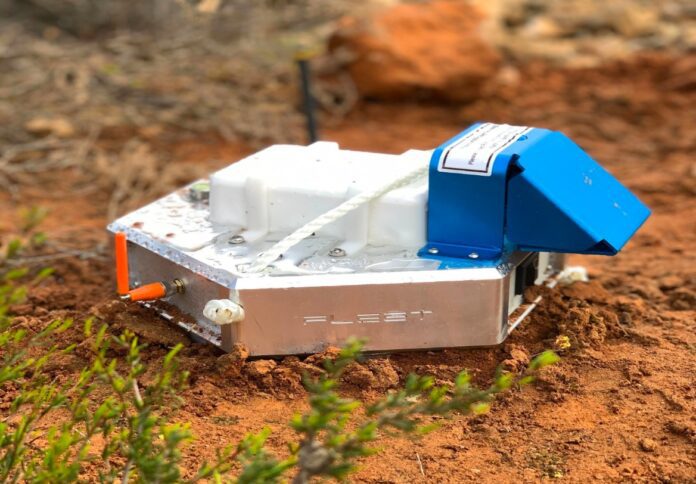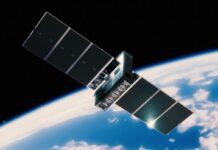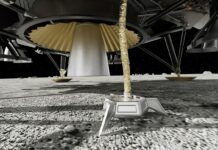
Australian space exploration company Fleet Space Technologies has introduced three new features to its mineral exploration platform, ExoSphere by Fleet, aiming to propel data-driven global mineral exploration efforts with machine learning (ML) and real-time survey diagnostics.
These new advancements are set to revolutionise exploration, enabling faster decision-making and providing unparalleled insights into subsurface structures, the company said in a media release.
ExoSphere combines Fleet Space’s satellite constellation in low Earth orbit with patented seismic array technology, delivering 3D subsurface models of survey areas in record time and with minimal environmental impact.
The platform has garnered significant traction within the exploration industry, with over 35 global exploration companies, including industry giants like Rio Tinto and Barrick Gold, leveraging its capabilities to complete hundreds of surveys across five continents.
Co-Founder & CEO of Fleet Space Technologies Flavia Tata Nardini highlighted the transformative potential of these advancements.
She stressed, “Technologies like ExoSphere, and the ML-enabled, real-time features we are building for it represent a major leap forward in the potential scale and speed of data-driven exploration while also reducing environmental impact.”
Traditionally, the process of gathering and analyzing data for exploration purposes has been time-consuming, often taking years before insights can inform decision-making.
Fleet Space said ExoSphere’s new ML-enabled features aim to change this paradigm, allowing exploration teams to access a wealth of subsurface insights on-demand, thereby accelerating exploration efforts and reducing environmental impact.
The new features unveiled include Geological Sketch, which offers a powerful visualization tool for conveying geological understanding, and Basement Depth prediction, a crucial indicator of economic potential.
Additionally, real-time diagnostics for Fleet Space’s seismic sensors, Geodes, will soon enable onsite teams to optimize performance without removing sensors from the survey area.
These advancements build upon previous innovations introduced to ExoSphere, such as the Sensitivity Model and Data Processing Report.
The platform’s widespread adoption led to Fleet Space being named Australia’s fastest-growing company in 2023.
Moreover, a variant of the technology, known as SPIDER, is slated to journey to the Moon as part of a NASA initiative in 2026, underscoring its versatility and potential impact beyond Earth.
With these cutting-edge enhancements, Fleet Space is poised to redefine the landscape of mineral exploration, empowering companies worldwide to unlock new discoveries efficiently and sustainably.



















